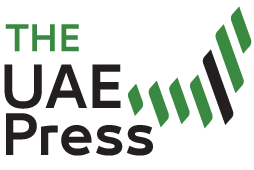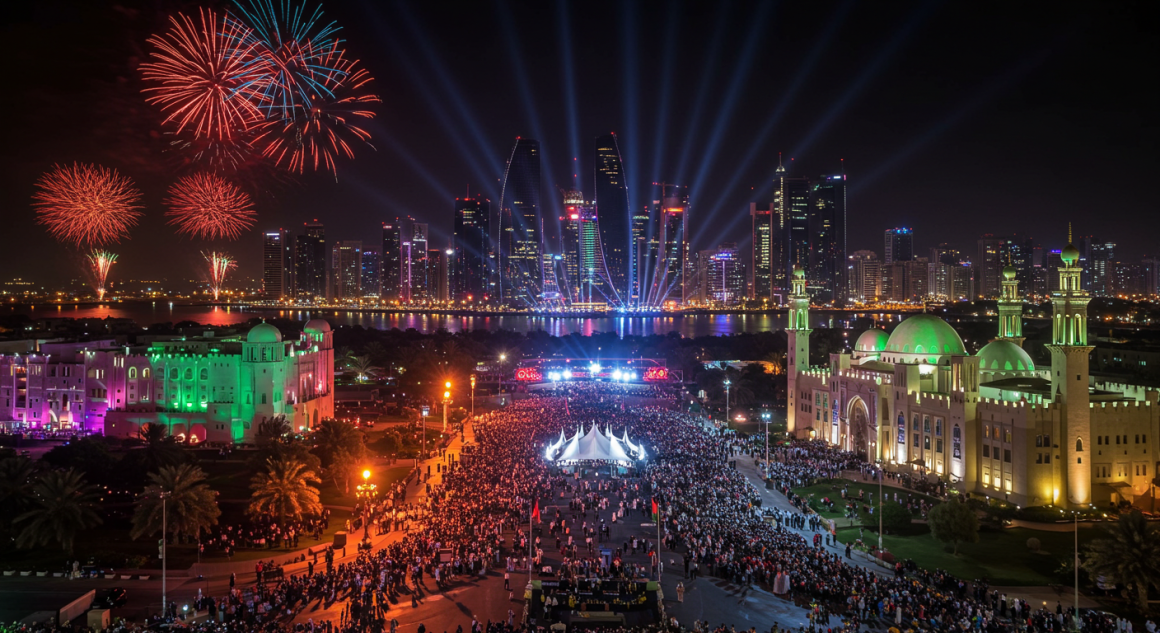The cannons fire, a deep, resonant boom that echoes across the plains of Al Ain. The falcons, majestic and sharp-eyed, soar against a sky washed clean by the morning sun. The leaders of the nation gather, not in distant palaces, but here, among the people, their faces alight with a pride that needs no words. This is Eid Al Etihad, the annual celebration of the UAE’s founding. But to call it merely a “celebration” is to mistake the frame for the masterpiece. This is not a day frozen in ceremony, a static monument to a moment 53 years past. It is a living, breathing chronicle, a tapestry woven anew each year with threads of steel, silicon, and soaring human ambition.
The speeches delivered on this day are not nostalgic recollections; they are progress reports, blueprints for tomorrow whispered in the language of national pride. When His Highness Sheikh Mansour bin Zayed chairs the Ministerial Development Council meeting, the agenda isn’t about commemorating the past; it’s about accelerating the future — approving budgets for AI research, green energy initiatives, and space exploration programs that will bear fruit long after the festive lights have dimmed. When Sheikh Hamdan bin Zayed witnesses the groundbreaking ceremony of the Ruwais LNG project in Al Dhafra, he isn’t just attending a ribbon-cutting; he is laying the cornerstone of an energy future that balances economic might with environmental responsibility, a project that will power homes and industries for decades to come.
The celebration spills out from the formal gatherings into the very fabric of the nation. In Dubai, Her Highness Sheikha Latifa bint Mohammed doesn’t just open an art exhibition; she inaugurates the “Prototypes for Humanity” initiative, where artists and engineers collaborate on solutions for global challenges — clean water, accessible education, sustainable housing — turning creativity into tangible hope. In Sharjah, the Ruler doesn’t merely approve new logos for municipalities; he signals a renaissance of civic identity, a visual language that speaks of modernity rooted in heritage, of progress that doesn’t erase the past but builds upon it.
Even the healthcare system joins the chorus. The Dubai Health Authority’s announcement of advanced standards for oncology services isn’t a dry policy update; it’s a promise whispered to every family, a vow that the nation’s prosperity will be measured not just in GDP, but in years of life saved, in suffering alleviated, in dignity preserved. The musical artwork unveiled by ZHO Emirates Humanitarian City to mark the occasion isn’t mere entertainment; it’s a symphony of compassion, a reminder that the nation’s strength flows not only from its economy but from its soul.
This is the true magic of Eid Al Etihad. It takes the abstract concept of “national progress” and makes it visceral, tangible, and deeply personal. The child watching the military parade doesn’t just see tanks and jets; she sees the embodiment of security, the guarantee of a peaceful childhood. The entrepreneur reading about Dubai’s new IP Hub doesn’t just see a business opportunity; he sees a nation actively removing barriers, inviting him to dream bigger, build bolder. The scientist at MBZUAI, working late into the night, doesn’t just feel the weight of research; she feels the silent, powerful backing of a nation that believes her work will change the world.
The cannons may fall silent, the falcons may return to their perches, the leaders may disperse to their duties. But the tapestry remains, richer and more intricate than before. Each year, Eid Al Etihad doesn’t just remember the union; it renews it, stitch by careful stitch, project by groundbreaking project, dream by audacious dream. It is a celebration, yes — but more than that, it is a living, breathing declaration: the best of the UAE is not behind it. It is unfolding, right now, in real time, for all the world to see.


Leave a Reply
You must be logged in to post a comment.